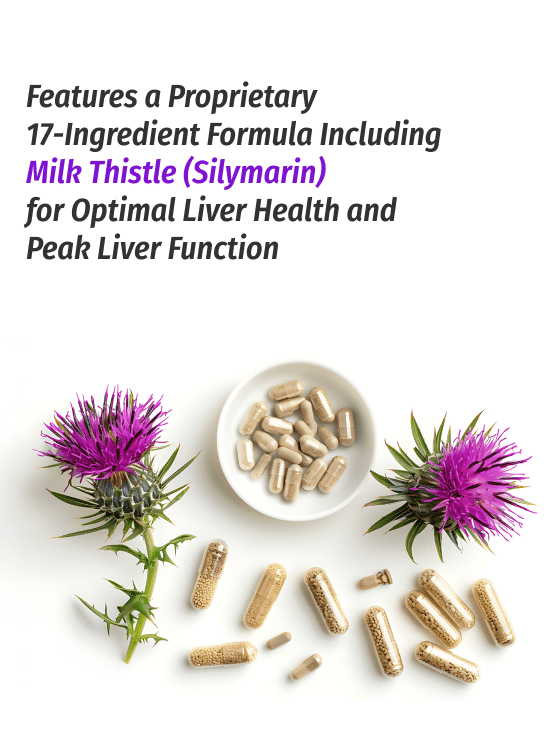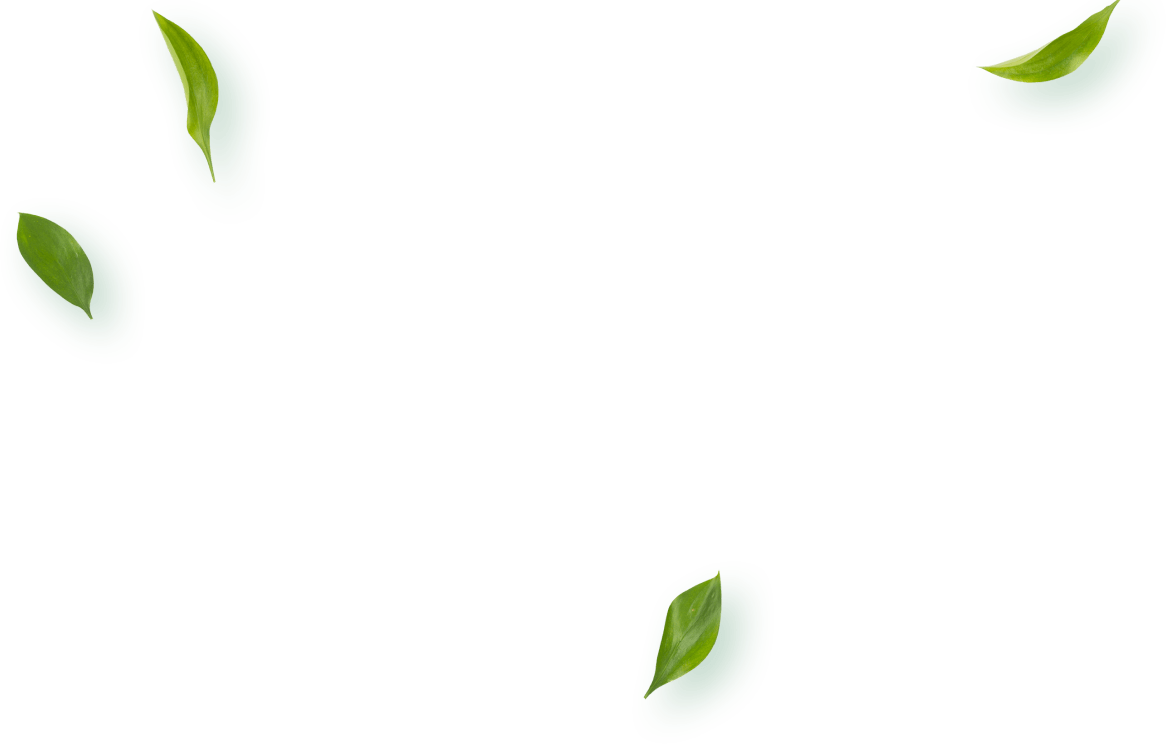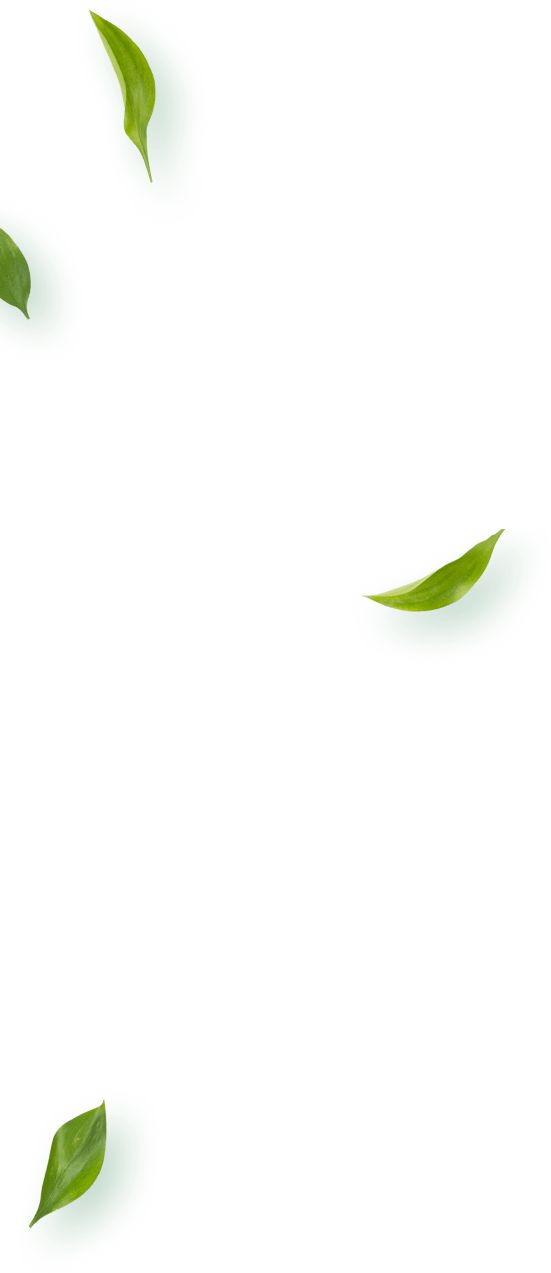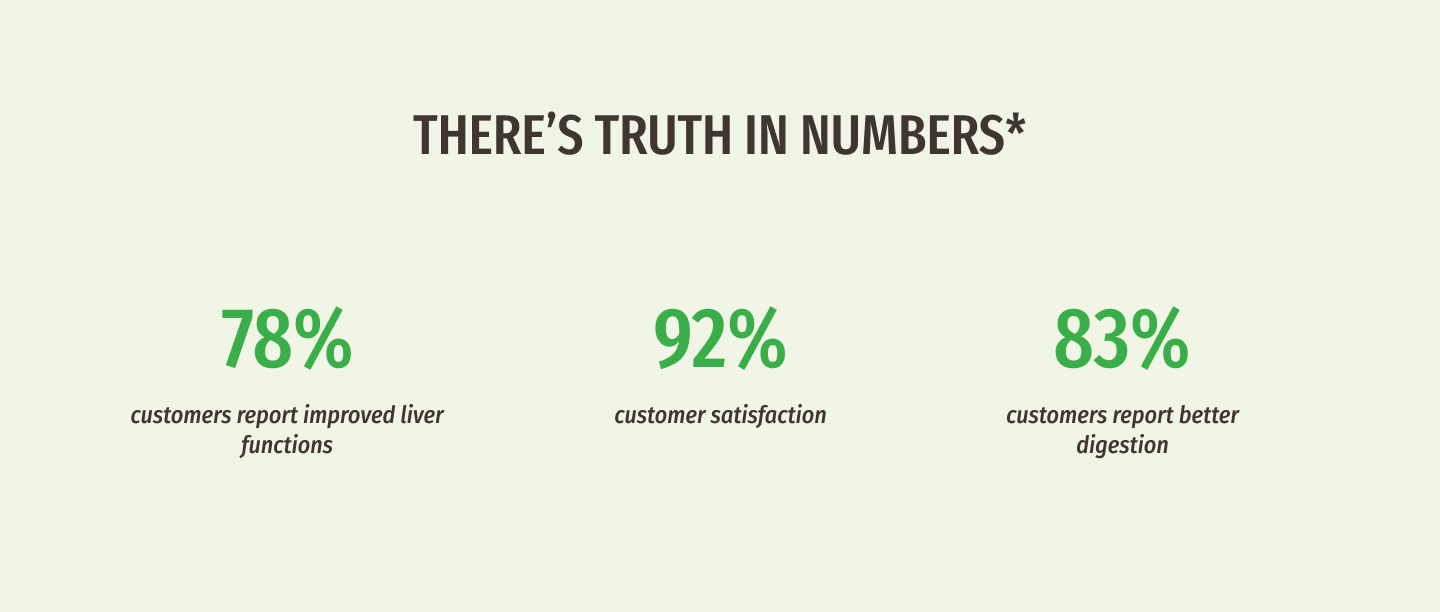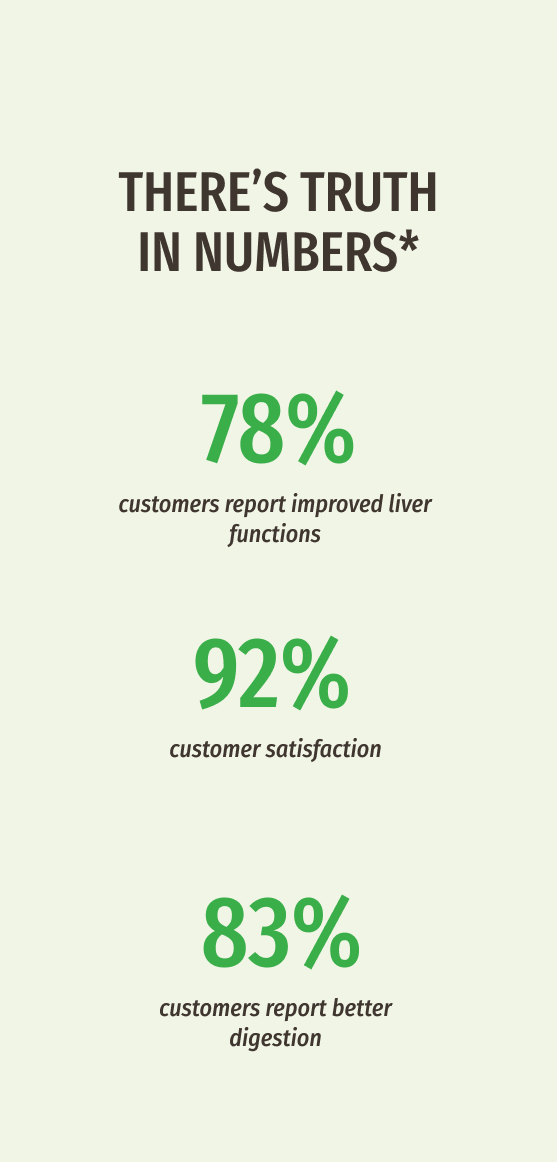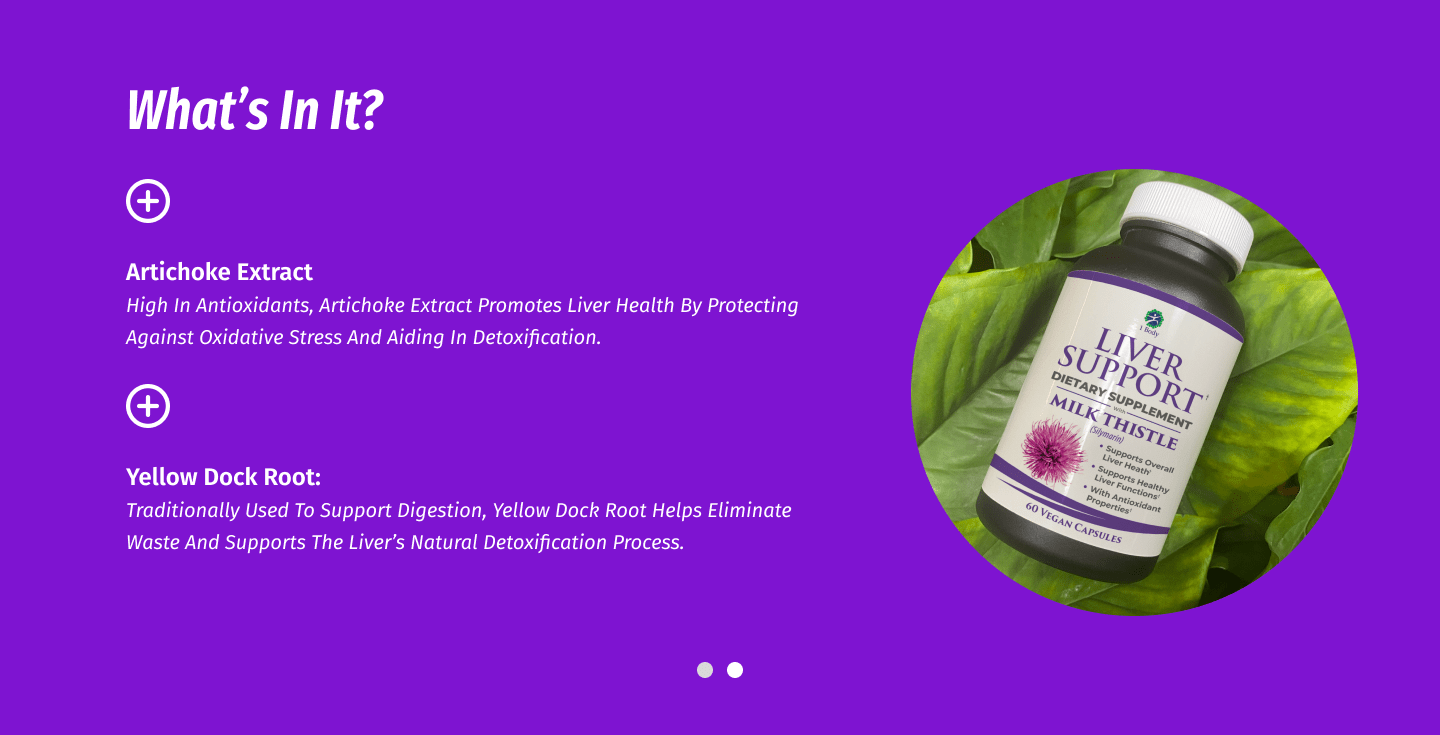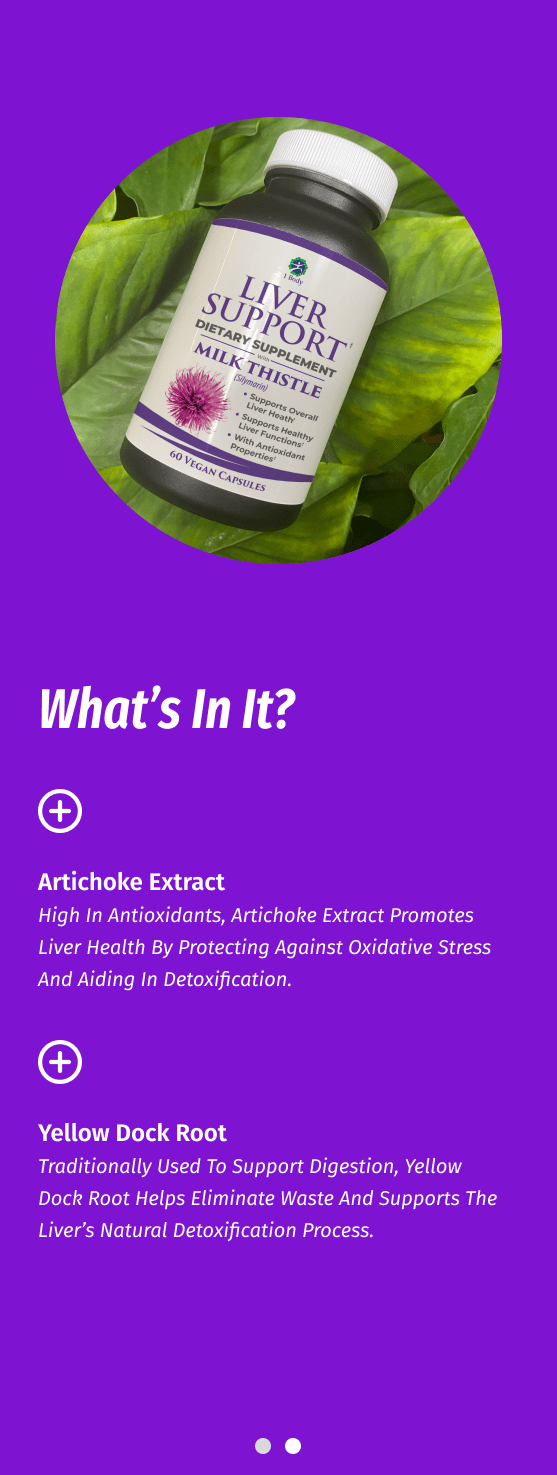








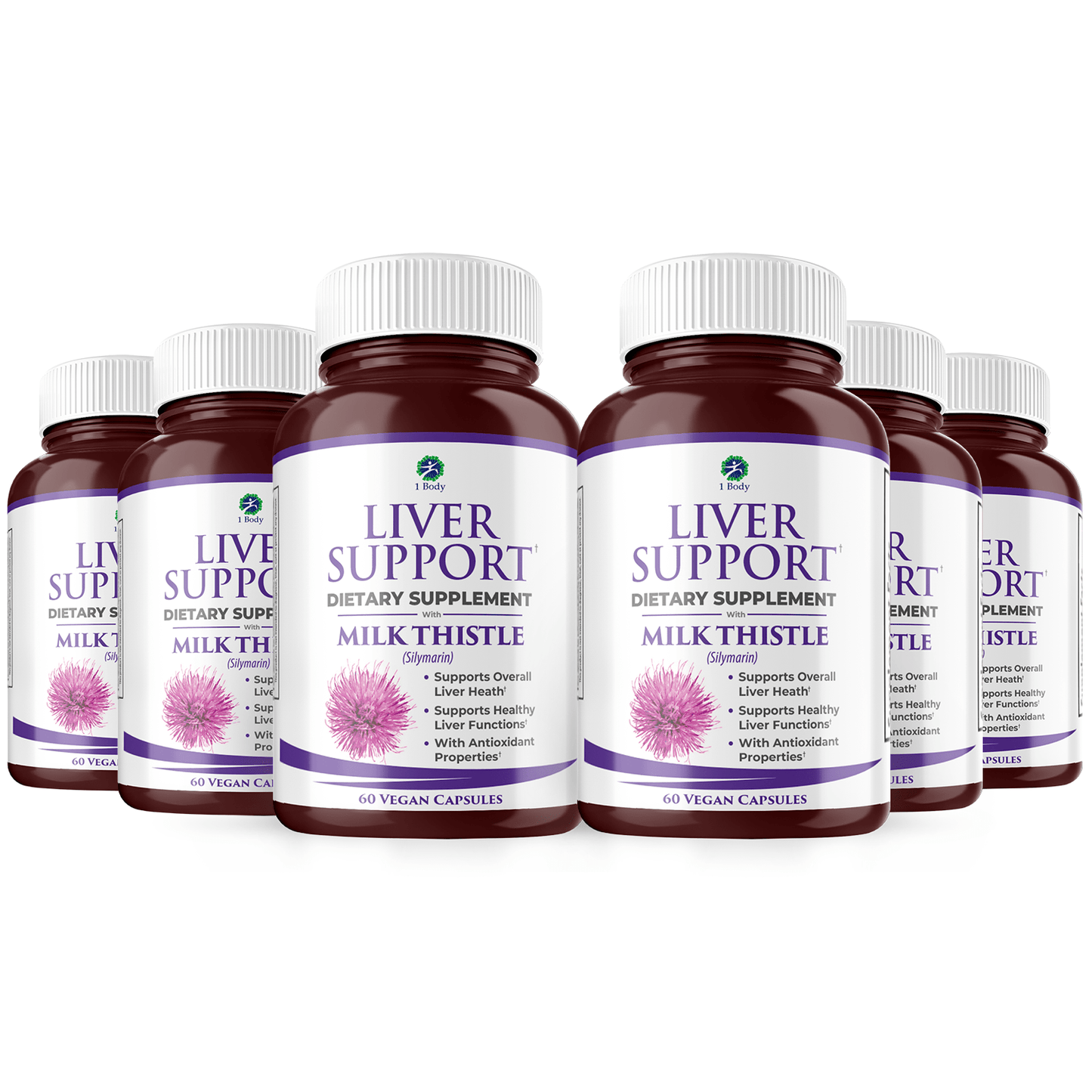
-

MADE IN THE USA
-

GLUTEN-FREE PRODUCT
-

Made in a GMP-certified facility
-

100% VEGAN FRIENDLY
-

DAIRY-FREE PRODUCT
-
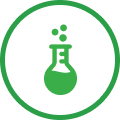
MADE WITH NON-GMO INGREDIENTS
Frequently Asked Questions
How do I take Liver Support?
We Recommend Taking 2 Capsules A Day, Preferably 1 Capsule In The Morning And 1 Capsule In The Afternoon With A Small Amount Of Food. Use Consistently For Best Results.
How Long Will It Take Me To See Results?
Different People React Differently To Supplements. While Some Notice Results Within A Few Days, On Average It Usually Takes 2-3 Weeks To See Results.
Can I Take It With Any Current Medication That I'm Taking?
While Liver Support Is Generally Considered Safe, We Recommend Consulting With A Healthcare Professional Before Taking This Or Any Other Supplement If You Already Have An Existing Medical Condition.
What If I Don't See Any Results, Or The Results I'm Looking For?Is There Any Kind Of Guarantee Or Return Policy?
An Incredible Amount Of Time Has Been Spent Going Through Reports, Studies, Research Papers, In Order To Create The Best Supplements Possible - But More Importantly, So That They Deliver On What We Promise!
We Stand Behind Our Products 100% That's Why We Have A 60-Day Money Back Guarantee.
If You Don't See Any Results Or You Aren't Receiving All The Benefits You Had Hoped For, You Can Return It Within 60 Days For A Full Refund. Simply Email Us At help@1body.com And We'll Send You Instructions On How You Can Return The Item And Get Your Refund.










